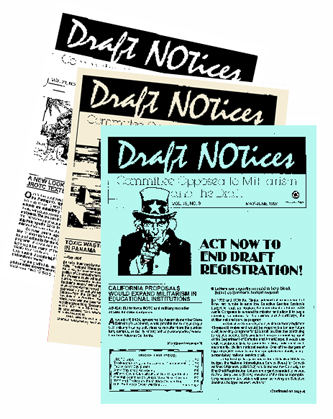- Rick Jahnkow
- Articles Archive
- Hits: 2242
School Board Bans Involuntary Placement of Students in JROTC
From Draft NOtices, October-December 2023
- Rick Jahnkow
 On August 29, 2023, the San Diego Unified School District Board of Education approved a resolution that, effectively, bans the enrollment of any student in the Junior Reserve Officers' Training Corps program without first obtaining fully informed consent from the student and a parent or legal guardian.
On August 29, 2023, the San Diego Unified School District Board of Education approved a resolution that, effectively, bans the enrollment of any student in the Junior Reserve Officers' Training Corps program without first obtaining fully informed consent from the student and a parent or legal guardian.
The impetus for proposing the resolution came from a front-page New York Times article published in December 2022, titled, "Thousands of Teens Are Being Pushed Into Military's Junior R.O.T.C." Enrollment data obtained by The Times indicated that some San Diego high schools were among those that were automatically placing students in the program.
Community groups in San Diego did further research and received confirmation that hundreds of students at one inner-city school were being automatically enrolled in JROTC. The groups contacted the school district and asked for action to end the practice. They pointed out that, according to The Times, involuntary placement in JROTC appeared to be taking place at schools "attended by a large proportion of nonwhite students and those from low-income households." They also noted that automatic JROTC enrollment at San Diego schools was in violation of section 51750 of the California Education Code, which states that "no student . . . shall be required to enroll in any course in military science and tactics."

 The U.S. military, spurred by a worsening recruiting crisis, is testing new programs that present unique challenges to counter-recruiters.
The U.S. military, spurred by a worsening recruiting crisis, is testing new programs that present unique challenges to counter-recruiters.





